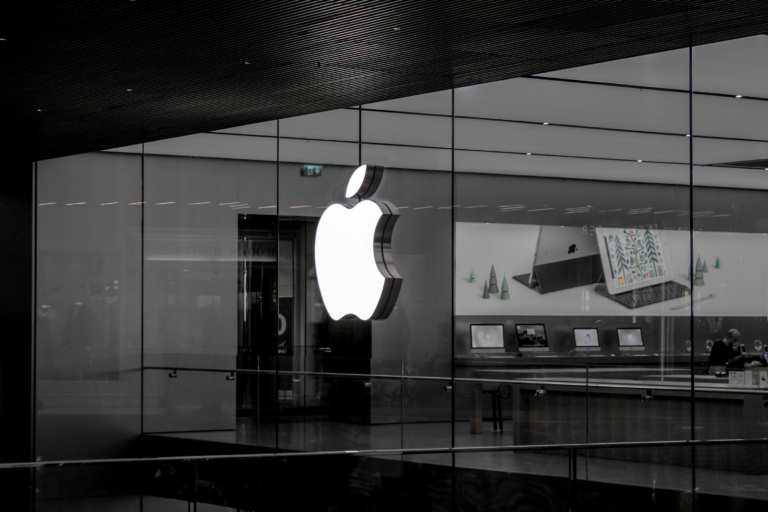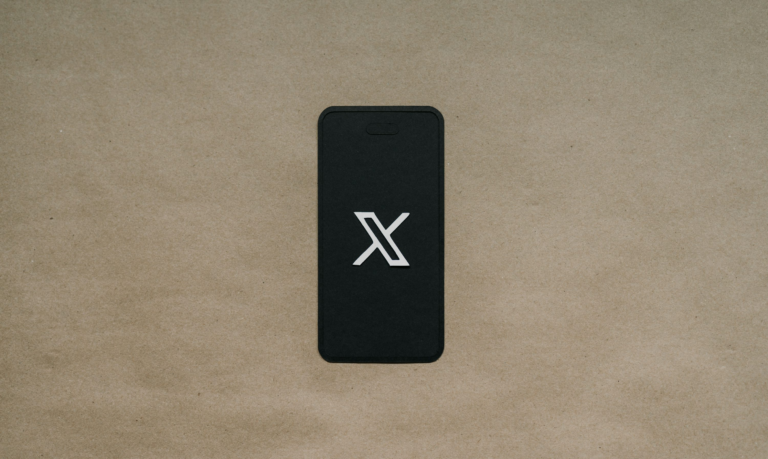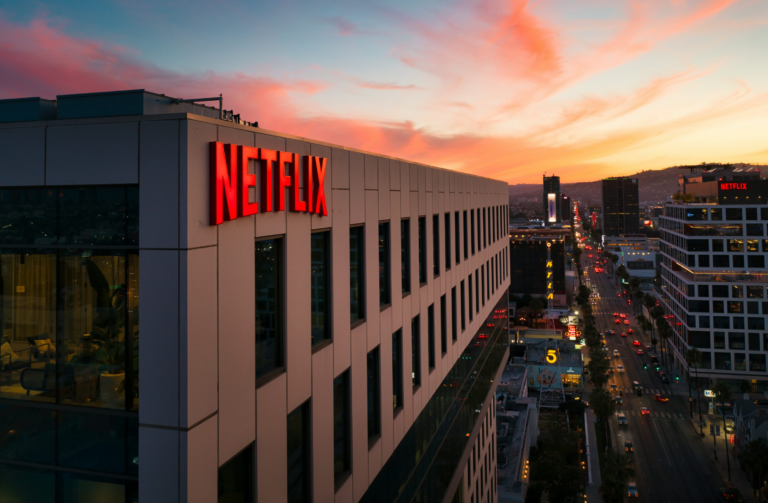The value of 1 rupee in 1947 is a topic of much debate. It is a difficult question to answer as the value of a currency is not static and is constantly changing. In 1947, India was just beginning to emerge from the British Raj and was in the process of establishing its own currency. At the time, the Indian rupee was pegged to the British pound and was worth 3.30 rupees per US dollar.
This exchange rate was in place until 1949 when it was changed to 4.76 rupees per US dollar. This rate was in place until 1966 when it was changed to 7.50 rupees per US dollar. This rate remained in place until 1975 when it was changed to 8.39 rupees per US dollar. Since then, the exchange rate has fluctuated significantly, with the current rate being around 74.50 rupees per US dollar.
It is important to note that the value of 1 rupee in 1947 is not the same as it is today. The value of a currency is determined by a variety of factors, including the economic and political stability of the country, the supply and demand of the currency, and the overall strength of the economy. In 1947, India was just beginning to emerge from the British Raj and was in the process of establishing its own currency. At the time, the Indian rupee was pegged to the British pound and was worth 3.30 rupees per US dollar.
The value of 1 rupee in 1947 was also affected by the global economy. At the time, the world was still recovering from the effects of World War II and the Great Depression. As a result, the value of the Indian rupee was lower than it would have been in a more stable economic environment.
In addition to the global economy, the value of 1 rupee in 1947 was also affected by the Indian economy. At the time, India was a largely agrarian economy and the majority of the population was employed in agriculture. As a result, the value of the Indian rupee was lower than it would have been in a more industrialized economy.
Finally, the value of 1 rupee in 1947 was also affected by the political situation in India. At the time, India was still under British rule and the Indian government had limited control over its own economy. As a result, the value of the Indian rupee was lower than it would have been in a more independent and stable political environment.
Overall, the value of 1 rupee in 1947 was significantly lower than it is today. This is due to a variety of factors, including the global economy, the Indian economy, and the political situation in India. However, it is important to note that the value of a currency is not static and is constantly changing. As such, the value of 1 rupee in 1947 may not be the same as it is today.








